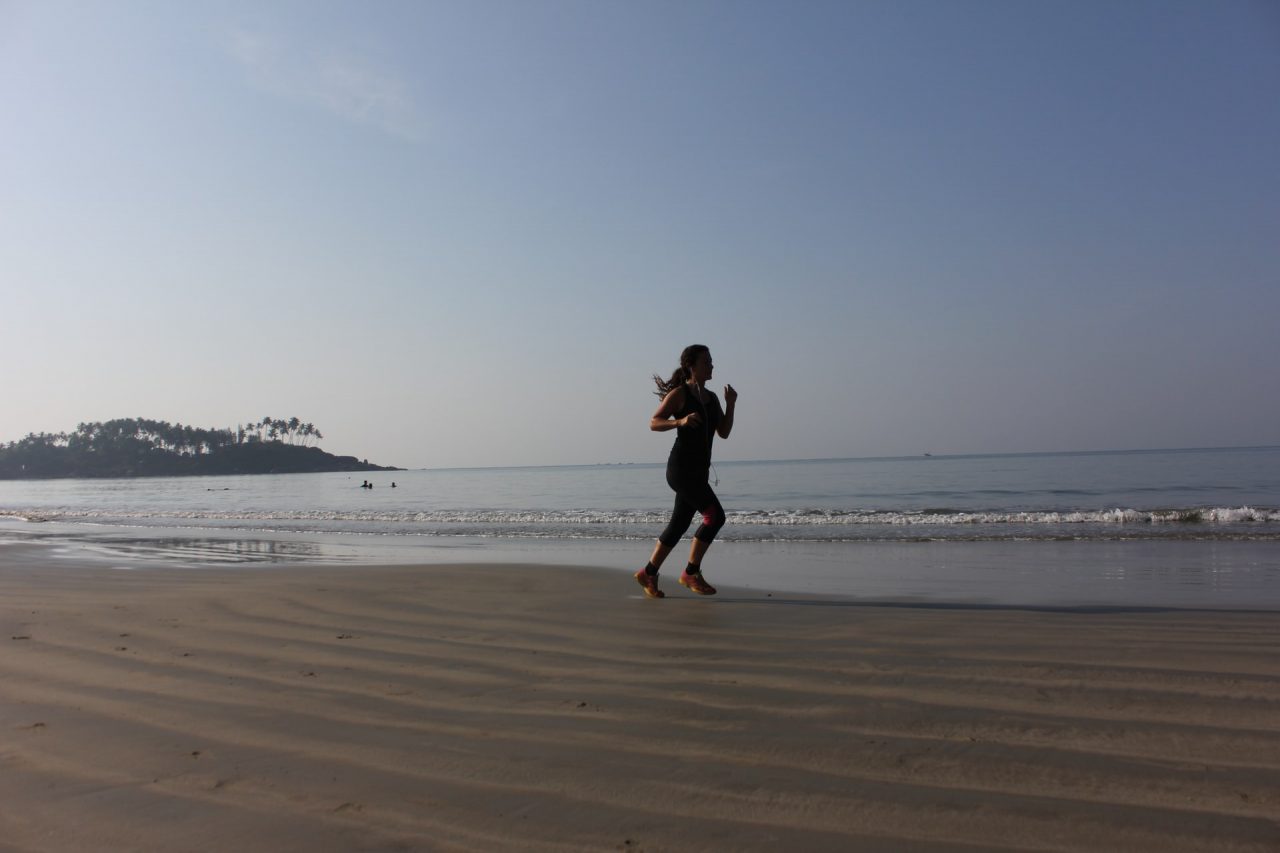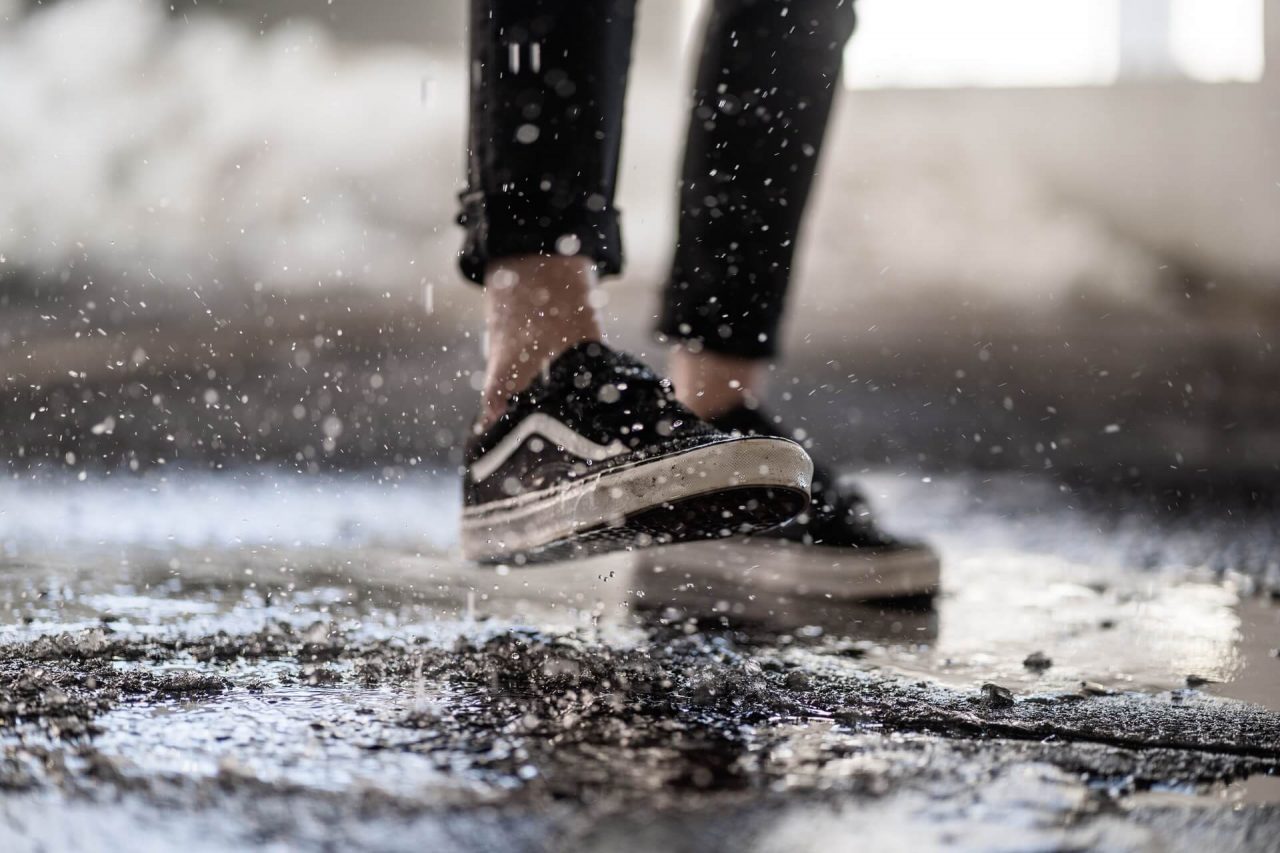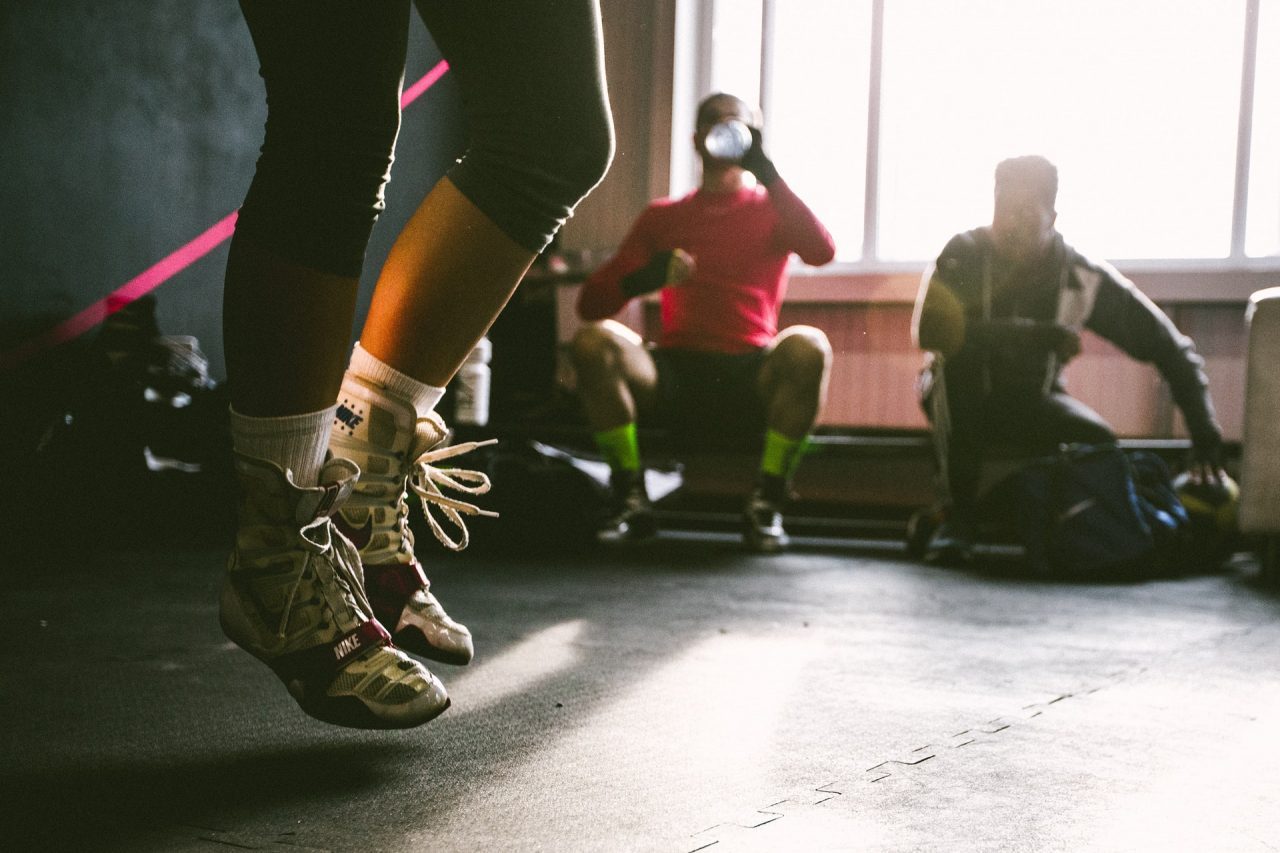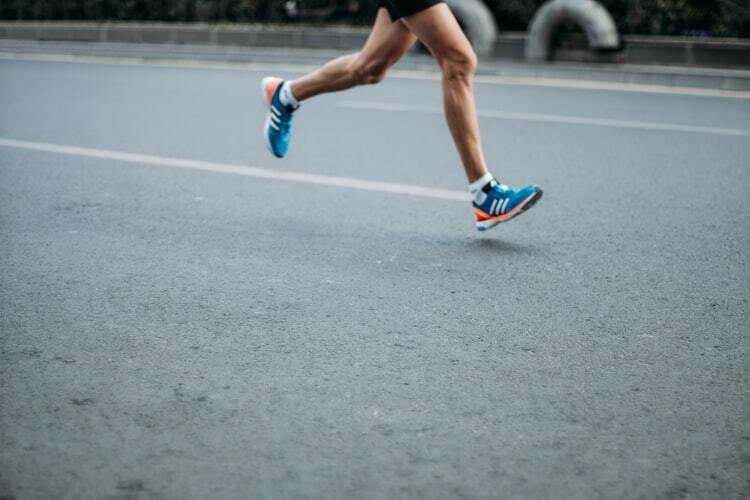Running tights are an essential piece of apparel for the dedicated runner. Come fall and wintertime, they are a comfortable layer of clothing that encourages moving freely and unrestricted. Let’s take a look at what to consider when purchasing your next pair of tights, from their benefits, qualities to look for, to how to wear them.
Running Tight Benefits
Running tights were designed and manufactured so that runners have a light and stretchy piece of clothing that enhances their performance and minimizes the friction and chafing that baggier clothing can cause.
These tights are often categorized as compression clothing, which makes them twice as beneficial for performance, since this type of garment may enhance blood circulation and improve the oxygenation of muscle tissues during movement.
Depending on their design and fabric, running tights can either be worn as a layer to keep you warm underneath another type of pants, or on their own with no additional layers.
How To Choose Running Tights
With the multitudes of running tights’ designs that sportswear manufacturers come up with, runners can now select pieces of clothing that are specifically adjusted to their needs. With that in mind, it can often become confusing on what to look for due to the myriad of options available. To help you make informed choices, we have compiled some of the features of running tights to look for and consider when you’re thinking of buying your first or next pair.
Comfort
Comfort is a crucial factor and feature to consider when purchasing running tights. They should fit just right so that they are neither too tight that they restrict movement, nor too loose so that they don’t offer enough support. As they are designed for movement, running tights often have contoured, elastic, or drawstring waistbands, in order to fit snugly and be adjusted.
Breathability & moisture-wicking properties
Running is all about swift and light movement. However, that can easily be hindered by the uncomfortable feeling of sweat trapped in your skin and clothes. Luckily, this was calculated into the design of running tights. Most often, they are made of polyester blended with a smaller percentage of another material.
Synthetic blends are quite popular among sports clothing lines, due to being much more lightweight and breathable than other materials. Through this polyester blend, heat and sweat circulate easily so that runners don’t get overheated and remain comfortable throughout their entire run. Apart from breathability, they are also known for being moisture-wicking. Compared to other materials, they quickly transport sweat away from the skin and onto the outer surface of the tights.
Stretchiness
Besides polyester, most running tights consist of materials that have stretch fibers such as spandex and elastane. These materials make tights more elastic, sculpt the body, and allow for flexible movement during the run.
Non-transparency
While some tights are purposefully made from thinner materials to be worn only as a base layer, running tights that are worn as a single piece should not be transparent. For this type of tights, test that they are opaque, especially in sunlight and when stretching and bending.
Reflective features
If you run very early in the morning or later at night when it is dark outside, consider choosing tights that have reflective designs. In that way, you are visible to drivers, cyclicts, pedestrians, or other runners. Running on the road can be dangerous and reflective designs are especially necessary if the terrain that you are running in is not properly lit.
Durability
If you are an avid runner, that means you will want clothing items that you can wear again and again. This points out the importance of investing in qualitative tights that are made of durable materials such as polyester or nylon.
Weather
The cold winter days can be more demanding when it comes to layers of clothes one should wear. However, many tights are made of thick materials that incorporate thermal insulation, so that they can be worn on their own without the need for additional clothing items. Running during warm weather, on the other hand, welcomes the use of thin materials for tights. During this weather, opt for tights that are made of sweat wicking materials and that offer plenty of ventilation through elements such as mesh panels.
Length
Another factor to consider, especially in regard to weather adjustments, is the length of running tights. These come in various lengths starting from short tights, knee-length, capris or 3/4, full length, etc. You can choose their length according to your preference and the temperature, shorter tights being optimal for warm weather and longer tights for cold days.
Pockets
The extra storage during your run can be a really helpful feature to look for if you need a place to store your keys or phone. Many running tights come with pockets or pouches, ideally around the hip or the waist so they won’t distract you or hinder your movement.
How to Wear Running Tights
While this clothing piece is quite popular among runners, some are still sceptical and confused about how to wear tights. Further we will try to resolve some of the most common questions when it comes to the right way to wear them.
How Should Running Tights Fit
Running tights are called this way for a reason; they are supposed to feel tight and almost as a second skin. The stretch in its fabric will allow you to move unobstructed, whereas the main synthetic materials allow for breathability. However, if you feel like you can’t move as freely, your running tights may be too tight.
Its seams should additionally be strategically placed so they support movement. When it comes to length, there shouldn’t be excess fabric, as this can be distracting and slow you down, especially if you are going for a speed run.
What to Wear Under Running Tights
We have arrived at the questions which are a subject of much debate among athletes: what to wear under compression tights and do you wear underwear under compression shorts or not? In short, there are no correct answers, as it ultimately comes down to comfort, which is different for each runner.
While some tights are specifically designed to be worn without underwear, some runners, especially men, still prefer to wear underwear under running tights, for modesty and additional support. Most opt for athletic underwear such as compression shorts, which are useful for preventing chafing.
It is a matter of preference when it comes to women as well. Some prefer to go commando, whereas others prefer wearing underwear under tights to prevent infections due to increased moisture.
Whatever you do, avoid cotton and other moisture-absorbent material underwear, as they will become damp and can cause discomfort if you are running over an extended period of time.
Should You Wear Shorts Over Running Tights
Another matter of debate, most often among male runners, is whether they should wear shorts over running tights. And, again, it is a matter of preference. Since tights are commonly worn during fall and wintertime, many designs include features such as thermal lining, fleece, thermodynamic polyamide and elastane, which help to keep runners warm. Some runners find, however, that a pair of shorts over tights can feel more comfortable and provide an additional layer for wind resistance and warmth.
These were some of the ways you can wear running tights and the features to look for when purchasing the right ones for you. Hopefully, you are now ready to wear them confidently on your next run and optimize your performance through their many benefits.





